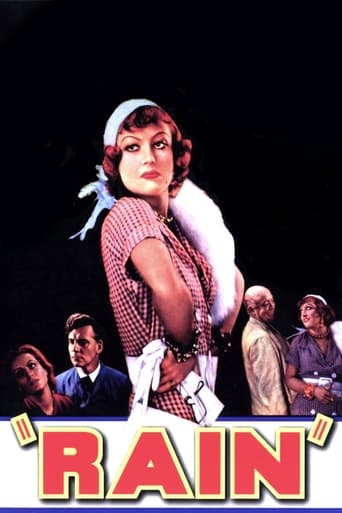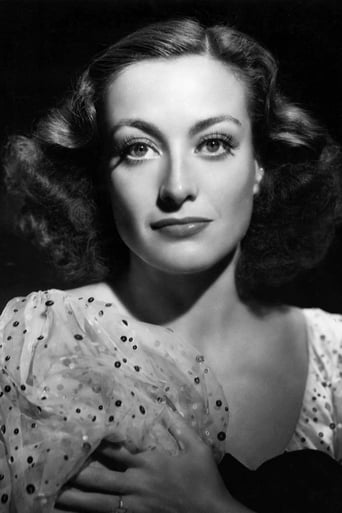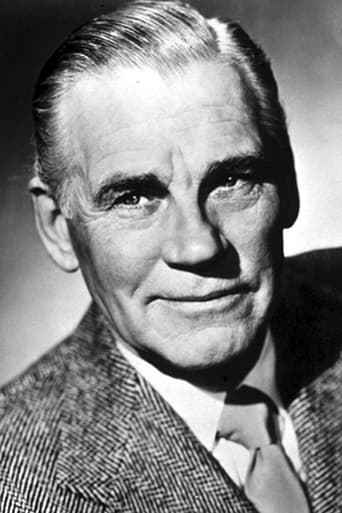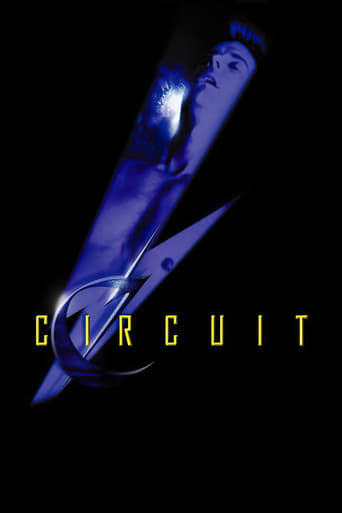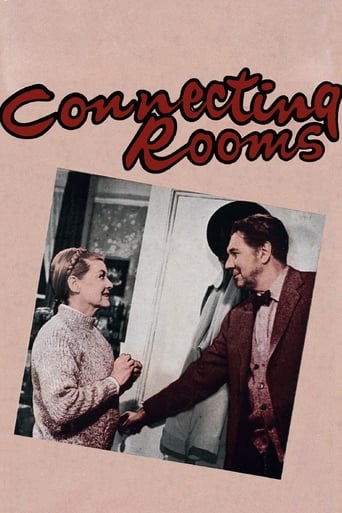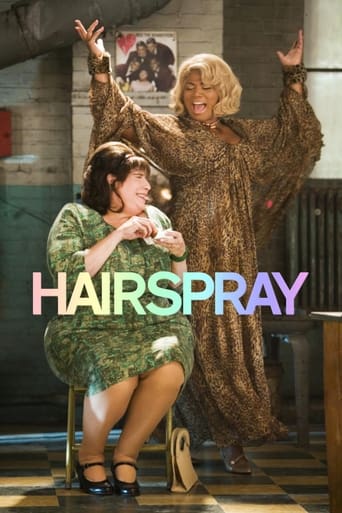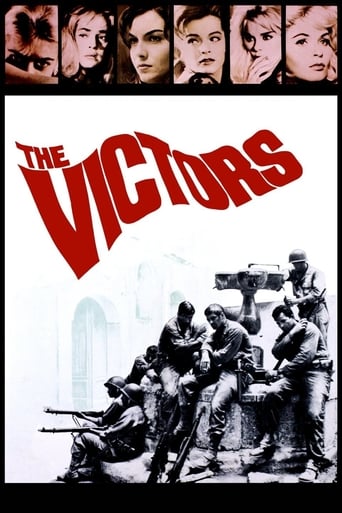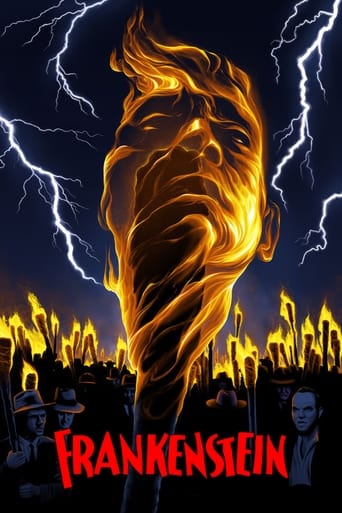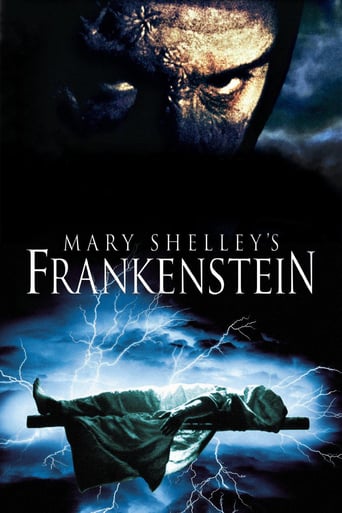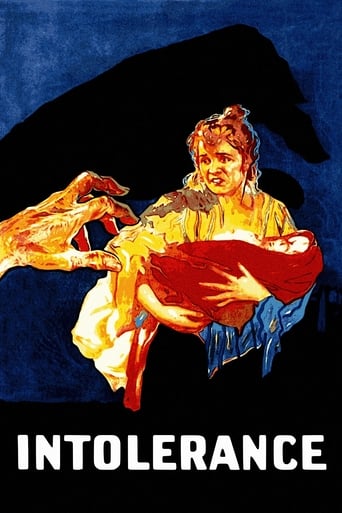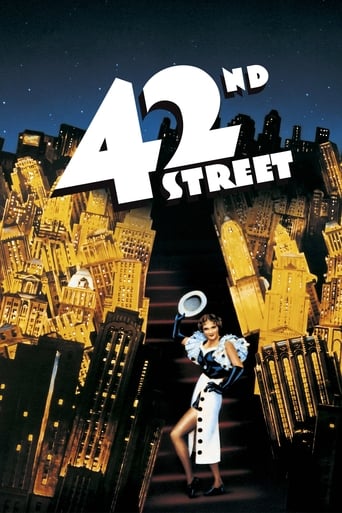Rain (1932)
Due to a possible cholera epidemic onboard, passengers on a ship are forced to disembark at Pago Pago, a small village on a Pacific island where it incessantly rains. Among the stranded passengers are Sadie Thompson, a prostitute, and Alfred Davidson, a fanatic missionary who will try to redeem her.
Watch Trailer
Cast
Similar titles

Reviews
if their story seems completely bonkers, almost like a feverish work of fiction, you ain't heard nothing yet.
The film's masterful storytelling did its job. The message was clear. No need to overdo.
The thing I enjoyed most about the film is the fact that it doesn't shy away from being a super-sized-cliche;
Let me be very fair here, this is not the best movie in my opinion. But, this movie is fun, it has purpose and is very enjoyable to watch.
I must congratulate St Clair Vision on the superb 10/10 quality of Rain (1932). For years, I've prayed to see a print that not only did full justice to Oliver Marsh's superb cinematography, but allowed us to appreciate not only every nuance in the dialogue but even every atmospheric effect in Alfred Newman's evocative music score. Joan Crawford, of course, does full justice to the Sadie Thompson role, although Walter Huston is perhaps a little too stiff and theatrical as the misguided, self-inflated preacher. Beulah Bondi has a field day as his loathsome spouse and the lovely Kendall Lee can be glimpsed as the doctor's wife. Lewis Milestone's direction is so forceful and consistently inventive that it's not until the movie is over that we realize how closely Maxwell Anderson has adhered to the stage play.
Interesting well-directed adaptation of Somerset Maugham story about a prostitute and a missionary out to reform her. I was surprised to discover this was a box office flop when it was released as I enjoyed it very much. Joan Crawford and Walter Huston are great as the two leads. Beulah Bondi and Guy Kibbee offer solid support. But the real star is Lewis Milestone's wonderful direction. He takes what would otherwise have been a very stagey film, especially for 1932, and keeps the camera moving and lively. Milestone not only directed but produced Rain as well. He was one of the best directors of the 1930s and I don't feel like he gets anywhere near enough credit. Try to catch this if you can but beware of bad prints.
Even now, days later, the image of Crawford's face and she descends into prayer is so striking in my memory that I can feel her remarkable metamorphoses. The combination of acting, direction, and lighting, and whatever else goes into a creating an unforgettable moment in film, is rare. And the film is filled with such moments.Crawford was never better, and not better since. But beside the acting, Huston is superb, does not miss a note, the film itself, despite its location and combination of characters is disturbingly real. Part of that is the use of incessant sounds of rainfall. Eerie. Portentous. So the atmosphere of the film is always charged, charged with the characters presence, with the rain, or the dark/light contrasts or with all of them. All to exceedingly grand and powerful effect.And what a great last line!
It's hard not to see Rain as the film that symbolizes the pre-code era, where Hollywood was not afraid to portray the more libertine side of society, and give an image that was not so morally right. And it's also hard not to see this film as a direct protest against the code that there was talk about during these years. The Hays Code sought to make films more caste. And the plot of this film makes too much a got metaphor for the whole situation.Joan Crowford plays a prostitute that is accused for her behavior by Puritans in some lost Hawaiian island. Among them is Mr. Davidson, a powerful man who has an obsession with religion. In reality, Joan Crowford is playing herself and the image we all have of her. And in fact, the way she enters the screen dressed all too flamboyantly like a hooker is a penchant, as much as it is too cheesy for an audience that doesn't understand that at that time, that was the Hollywood idea of a real woman.However you decide to view it, it's a hard watch. Not so much as the flow of the viewing itself (although it does tend to be slow), but for other flaws. In the plot, we are not given any character to side with. Supposedly, the main characters are Sadie (Joad Crawford) and Mr. Thompson (Walter Huston). However, they are also the extreme, and both obnoxious. Sadie is a flirty skank, and an actress, playing with other people's feelings. And Thompson, her enemy in the story, is just too mad for us to side with him. So, really, the only character we can side with, and can actually identify with is Tim O'Hara (William Gargan). That gives the audience a limited participation.And even then, Handsome is too innocent. When he first sees Sadie, he is mesmerized, almost unable to speak. He is, in fact, the personification of the ordinary man seeing the Hollywood star Joan Crawford in the real world. He falls in love with her right away. We, as the audience, can't help feeling that she is playing him, using him because she knows that he will be helpful, and because she needs friends. Handsome falls in love with her completely and can't reason right from wrong. Yet, we can't blame his innocence. He represents the audience: Crawford is the star, she is the one that gets the best close-ups, hence, we have to love her. Mr. Davidson is the bad one.The metaphor, as far as the Hays code connection lies, is in that Crawford represents cinema, and Huston represents the puritanism. The film never quite picks sides, nor do we. But they are obviously both horrible. It's as if the film were stating that Hollywood needs to pull the breaks a little, but still not give in entirely to the Puritan demands.The film is taken from a Broadway production. Perhaps director Lewis Milestone wasn't aware that he wasn't making a stage production, because although the style resembles many of the time, here he even has the actors exiting what looks like a theatrical set, all the times. Supposedly, he is not all to blame, Maxwell Anderson, in charge of the adaptation, wrote it so that the film had to be just that. But it's frustrating to see that the camera is moved quite well in some sequences, and then the setting comes across as so unreal.The mise-en-scene itself cannot be judged negatively. In he scenes in which Sadie and Mr. Davidson are together, the camera looks at him from below, and Sadie seems to be always placed lower than him. This shows the authority that he holds. In the scene when he starts reciting the Our Father, he is higher up on the stairs, and when Sadie kneels down at the bottom of the stairs and begins praying, it looks like she is praying at him.Yet, the story itself is disappointing. The fact that we cannot side with any of the characters makes it so that we don't really care about what is going on, and if we do, we tend to change our minds quite quickly. In the end, we are almost completely let down, by the fact that the message seems to be that morality never wins. But after all, we don't know what morality is.The acting is brilliant. Joan Crawford has an easy part; she's playing herself. William Huston is a revelation. He is quite extraordinary as well as eccentric, he seems to dominate every scene he is in. We almost come to admire his character, and side with him, although he is insane.The final line is the one where Crawford says she is sorry for everyone in the world. Is that a sly comment on the cinema that was about to come? Or should we see it as an apology for such a mediocre film, only good as a vehicle for Crawford's on-screen persona?
